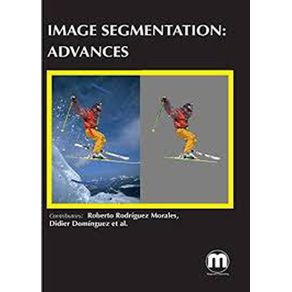Image segmentation is the division of an image into regions or categories, which correspond to different objects or parts of objects. Every pixel in an image is allocated to one of a number of these categories. A good segmentation is typically one in which pixels in the same category have similar greyscale of multivariate values and form a connected region, neighboring pixels which are in different categories have dissimilar values. The division of an image into meaningful structures, image segmentation, is often an essential step in image analysis, object representation, visualization, and many other image processing tasks. The field of digital image segmentation is continually evolving. Most recently, the advanced segmentation methods such as Template Matching, Spatial and Temporal ARMA Processes, Mean Shift Iterative Algorithm, Constrained Compound Markov Random Field (CCMRF) model and Statistical Pattern Recognition (SPR) methods form the core of a modernization effort that resulted in the current text. Image Segmentation: Advances comprehends on the recent advances in image segmentation. First chapter presents a framework on using standard images and real images, based on a segmentation algorithm which used an iterative computation of the mean shift filtering. In second chapter, a Constrained Compound MRF model based color image segmentation scheme is proposed in unsupervised framework. Third chapter reviews some theoretical aspects of the spatial ARMA processes. In fourth chapter, cognitive and statistical classifiers are implemented in order to verify the estimated and chosen regions on unstructured environments images. In fifth chapter, we propose a new soft multi-phase segmentation model where it is assumed that the pixel intensities are distributed as a Gaussian mixture. Sixth chapter presents a fully automatic segmentation algorithm based on geometrical and local attributes of color images. Seventh chapter proposes an improved mechanism in which deformabl




